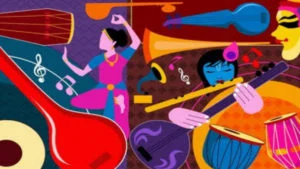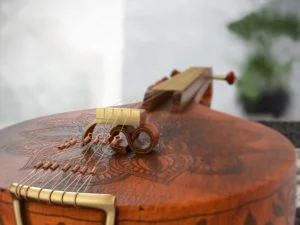Music is a form of expressive art that combines vocal or instrumental melodies to form emotional expressions. Humans composed music in older decades, but with advancements in technology, artists are now making use of computers to make compositions of all styles. One primary reason for the popularity of music lies in its global nature. However, considering the music prominent in Asia, Raaga is the base of it.
What is a Raaga?
Raaga is one form of music that is popular in the Asian countries of India, Pakistan, and Bangladesh. Raaga, also called ‘rag’ or ‘ragam,’ is based on a scale with a set of notes that are given. These notes lie in the same order as they appear in melodies and motifs. What is peculiar about raaga is that, in the language Sanskrit, it means colour, and like each colour has a distinctive shade, each raaga also has a unique sound.
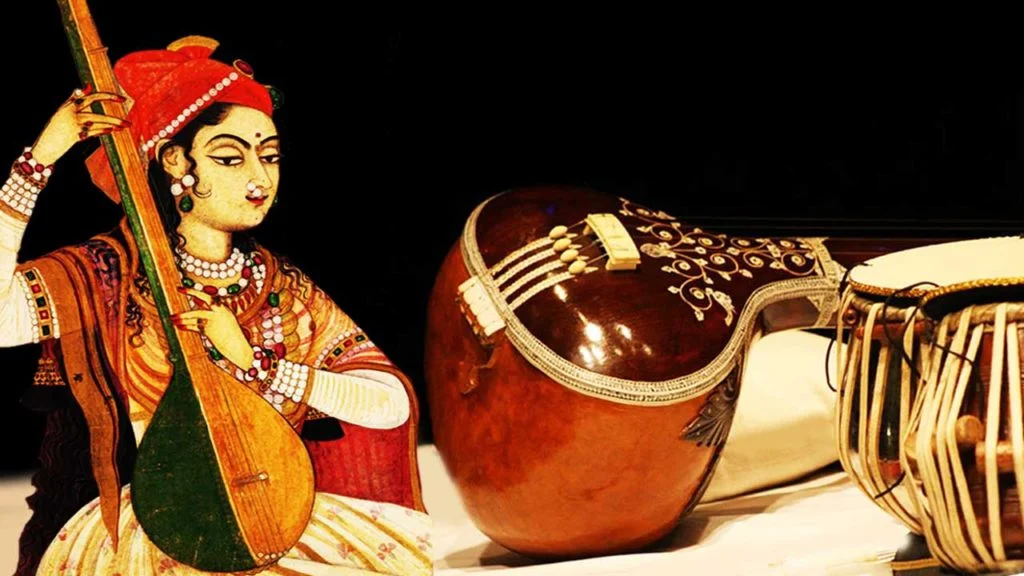
Importance of raaga
To the artists/musicians of Southern Asia, the rag is the most crucial concept in making music, and it plays a significant role in the musical theories of India. Raagas are fundamental as they set the mood and ignite specific emotions in the hearts of the listeners. Moreover, these are also based on various times of the day, such as morning, afternoon and evening, as well as multiple seasons. For instance, when singing Bhairav, a particular type of rag sung in the morning, one feels an intense aura of peace and tranquillity. Raag Bhairav is another type.
Types of ragas
There are over 83 different types of ragas. Since it is not possible to cover all in one page; therefore, here we have explained only a few raagas in detail –
Raag Malkauns
This Raga is played in the early hours of the morning, usually immediately after midnight. This raga’s inherent influence is both relaxing and seductive. In the mythology books, Devi Parvati created this rag to tranquilise Lord Shiva after he finished performing the “Tandav,” and refused to calm down. Devi Parvati utilised this rag to soothe him.
In Malkauns, attention is on notes’ Sa, komal Ga, shuddh Ma, komal Dha, and komal Ni’. In Western classical music, its notes are identified as tonic, minor third, perfect fourth, minor sixth and minor seventh.
Raag Deepak
This is an evening raga and is one of the six primal ragas of Indian Classical Music. Its mythical significance lies in the tale that it was created by Lord Shiva and is strong enough to start the fire. Tansen, a prodigy of Indian poetry and music, used to perform this Raaga by singing at the court of Emperor Akbar. This raaga, however, is nearly extinct in today’s world since not all musicians perform it.
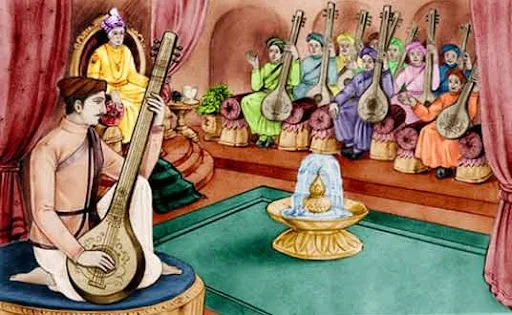
Raag Shri
Raag Shri plays during the sunset and is an essential evening Raag. Shri falls in the list of the most challenging raagas to learn and master in Indian classical music, and this lies in the sole reason that the position of each note of this Raag is challenging. However, this type of rag is full of grace and creates a mood of dedication and devotion. Moreover, there is a belief that this gives strength to the listeners to face the future.
Raag Megh
Megh in Sanskrit means’ Cloud”. Raag Megh is one of the most primitive additions to the Hindustani classical raga and is sung in the monsoon season. In the Vedic scriptures, this Raag is played by the damaru (a two-faced drum) of Lord Shiva when he tried to protect Lord Vishnu.
The season and emotion that associates with this Raag is the monsoon season and deep contemplation. One identifies this Raag by hearing the notes: “R R S’ n S m R P m R ‘n S.” With each Raag, there are various rules that one should adhere to, execute it to complete perfection.
See this video for more information: https://www.youtube.com/watch?v=geSOK65rhdQ
Rules of to master raaga
Some of these rules are simple points that one must keep in mind when engaging in mastering Raag:
- Each raaga must have the note Sa present in it
- The raag must always belong to a “thaat”
- It should have Aaroha and Avaroha
- Each raaga has either Madhyam and/or Pancham, and neither of these notes together can be absent from a raag.
- Two forms of the same note cannot follow each other in succession. But, there are exceptions to this rule. For example, Raag Jog takes Shuddha Gandhara and Komal Gandhar one after the other.
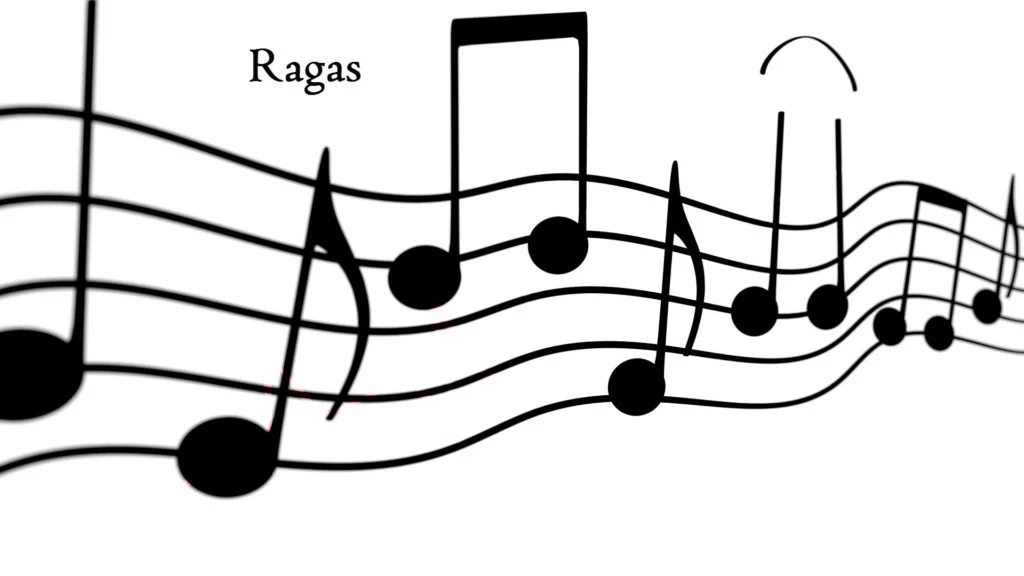
How to practice raaga
Practising raaga could be a complicated process, but it could come off as a peaceful and tranquil hobby or profession with time and dedication. As a beginner, there are two things that you should keep in mind to make the process relaxed and graceful.
Practice different rag ranges
When you first start the process of learning how to sing, it is crucial to first figure out your upper and lower ranges. After you’ve determined your high and low ranges, always warm up in them before attempting to hit ranges outside of your own range. Trying to sing songs by singers whose voices are like yours can also prove to be of extreme help.
Practice lower ranges first
After you’ve mastered your vocal ranges, it’ll be much easier to expand your lower range because you shouldn’t risk injuring your throat by attempting lower ranges. Practising higher ranges could strain your throat, and thus as a beginner, it is not a preferable step. Alankaras, for example, is a musical harmony that consists of lower notes and hence is a piece of excellent music to start practising.
Takeaway
Raaga is a fundamental form of music to learn and master. Many Vedas say that hearing particular ragas could heal physical problems, like Raag Bhairav provides relief from cold, sinus and toothache, whereas hearing Raag Darbari eases tension and brings relaxation. For the individual singing a raag and even as a listener, a raga has many healing purposes that go beyond bringing peace and tranquillity.
Share with your friends



